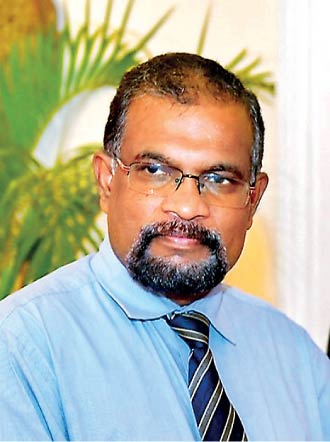Treasury Secretary Mahinda Siriwardana emphasized that Sri Lanka’s debt restructuring program is pivotal for restoring fiscal and macroeconomic stability. Speaking on the topic “Sri Lanka’s Public Debt Restructuring: The Need, Overall Outcome, and Future Policy Direction to ensure Fiscal and Debt Sustainability,” Siriwardana highlighted a mix of flawed domestic policies and global shocks that led to the crisis, while detailing the country’s reform measures.
The Treasury Secretary stated that the restructuring offers significant relief and fiscal space, contingent on disciplined economic management. He stressed adherence to revenue targets, prudent governance, and strong institutional frameworks as critical for sustainable growth.
The comprehensive reform strategy is built on five pillars: fiscal consolidation, monetary stabilization, strengthening social safety nets, governance reforms, and economic growth initiatives. These efforts have turned a 2021 primary budget deficit of 5.7% of GDP into a surplus of Rs. 831 billion by October 2024. Inflation, which peaked at 70% in September 2022, transitioned to deflation of -1.7%, while foreign reserves reached $6.5 billion.
A key achievement has been the turnaround of State-Owned Enterprises (SOEs), which moved from losses of Rs. 775 billion in 2022 to profits of Rs. 456 billion in 2023. Governance reforms, including the Anti-Corruption Act and Public Financial Management Act, have bolstered confidence in Sri Lanka’s economic management.
Siriwardana also shed light on the restructuring of $46 billion in public debt. Agreements with creditors, including Japan, India, France, and China EXIM Bank, have provided maturity extensions, reduced interest rates, and capital grace periods until 2028. The introduction of Macro-Linked Bonds (MLBs) tied to GDP growth ensures a balance between creditor returns and economic recovery.
The restructuring has yielded $9.6 billion in debt service relief over four years, with bondholders accepting a 40% reduction in net present value under baseline conditions. This success has been acknowledged by Fitch Ratings, which upgraded Sri Lanka’s credit rating to CCC+ from Restricted Default.
While acknowledging progress, Siriwardana also outlined challenges, such as achieving the IMF’s public debt-to-GDP target of 93% by 2032 from the current 128%. He emphasized the need for fiscal discipline, export-driven growth, and ongoing governance reforms to meet these goals.
The Treasury Secretary concluded by urging policymakers, institutions, and citizens to collectively pursue macroeconomic stability, highlighting the societal shift required to sustain economic recovery.


